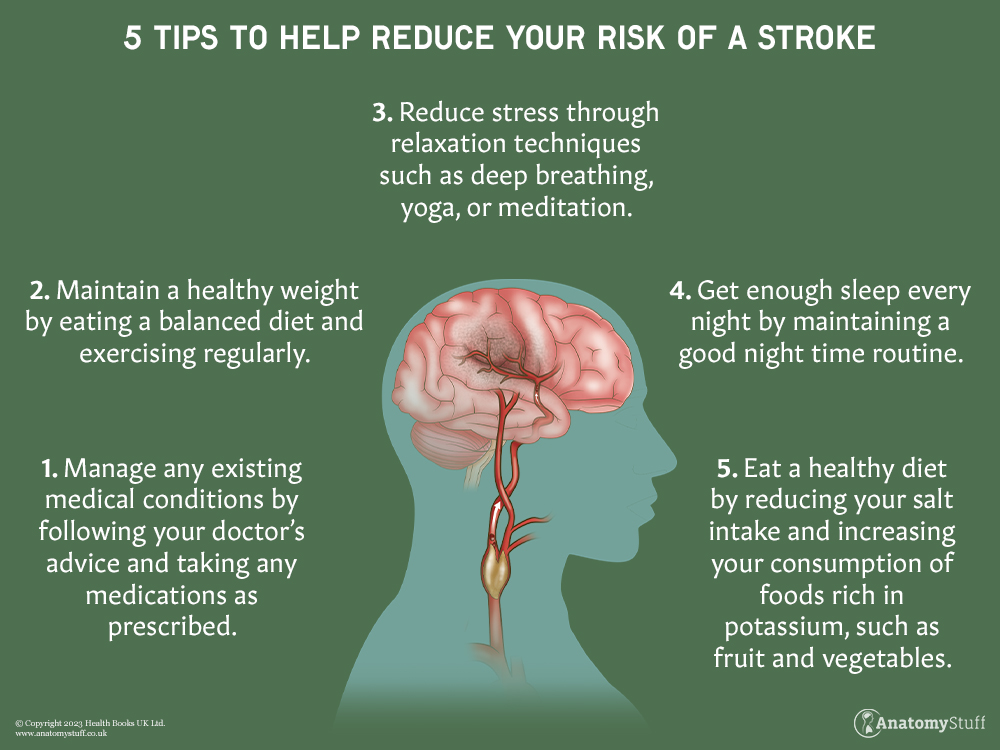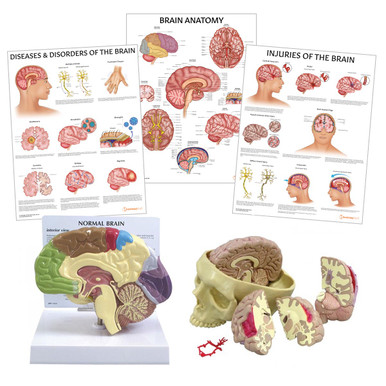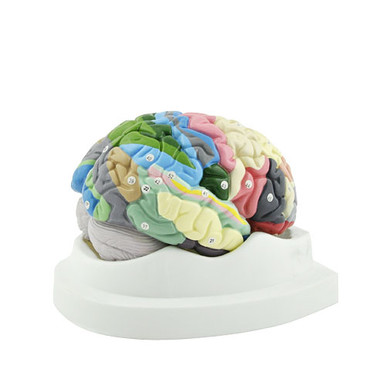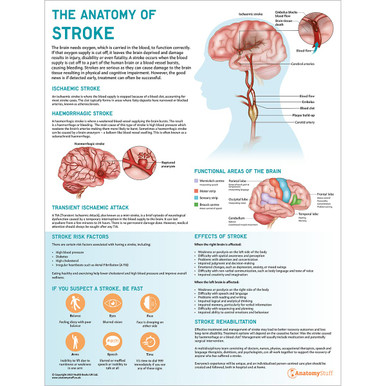Strokes in the Elderly
A stroke happens when there is a disruption of blood flow to the brain. The blood flow can be cut off by a blockage (ischaemic stroke) or a bleed (haemorrhagic stroke).
When Stroke Strikes!
Symptoms of a stroke vary from person to person. They depend on lots of different factors, such as the type of stroke that has occurred and the location of damage within the brain. If you or someone you know is experiencing symptoms of a stroke, call 999 immediately. A stroke is a medical emergency, and quick treatment can significantly affect the outcome and recovery.
Warning signs of a stroke include:
• Sudden confusion or trouble understanding others
• Sudden trouble with balance or coordination
• Sudden weakness or numbness in the arms, legs or face (usually on one side of the body)
• Sudden trouble seeing in one or both of your eyes
• Sudden trouble with memory, thinking, or reasoning
• Sudden trouble with swallowing
The acronym FAST is an easy way to remember the main symptoms of a stroke.
FAST stands for:
Face – facial drooping or a drop on one side of the face. You might not be able to smile, and your mouth or eyelid may have dropped or drooped.
Arms – your arms may feel weak or numb, making it difficult lift them up and keep them there.
Speech – Your speech might be slurred, making it difficult to talk.
Time – time is vital! Call 999 immediately if you experience any of these signs or symptoms. It is important to get to the hospital as soon as possible.
Tips to help reduce your risk of a stroke
• Manage any existing medical conditions such as diabetes, high cholesterol, and heart disease by following your doctor’s advice and taking any medications as prescribed.
• Maintain a healthy weight by eating a balanced diet and exercising regularly.
• Reduce stress through relaxation techniques such as deep breathing, yoga, or meditation.
• Be mindful of the warning signs of a stroke, such as sudden weakness or numbness in the face, arms, or legs, difficulty speaking, and severe headaches (easily remembered by the acronym FAST).
• Avoid a sedentary lifestyle by staying active throughout the day, such as taking regular breaks from sitting and walking around, using the stairs instead of the lift, and engaging in physical activities you enjoy.
• Eat a healthy diet by reducing your salt intake and increasing your consumption of foods rich in potassium, such as fruit and vegetables.
• Do not drink more than the recommended alcohol limit.
• Get enough sleep every night by maintaining a good nighttime routine.
Treatment
In the hospital, doctors will evaluate the type and severity of the stroke and develop a personalised treatment plan.
For an Ischaemic stroke, doctors may give you medication to dissolve the blood clot and restore blood flow to the brain. This medication is most effective when given within a few hours after the onset of stroke symptoms. In some cases, you may also need surgery called a mechanical thrombectomy to remove the clot.
For a Haemorrhagic stroke, doctors will try to control the bleeding and reduce the pressure within the brain. This may involve medications to lower blood pressure or surgery to repair damaged blood vessels.
Recovery
Recovering from a stroke can be a long and challenging process. It may involve rehabilitation to help regain strength, mobility, and speech. You may also need physical therapy, occupational therapy, and speech therapy.
Support from family and friends is vital during the recovery process. In some cases, support groups can be helpful for stroke survivors and their families.
During your recovery period, you may also feel frustrated that you can no longer do what you did before the event. In a sense, you are grieving your old self – the abilities and the self you lost from the stroke. So, it’s completely understandable to feel sadness and anxiety, and depression as it’s common after a stroke. Remember that although recovery may be slow in some cases, there is a lot of treatment and support available.
Conclusion
Strokes can be devastating and life-changing, but they can also be preventable. By taking steps to reduce your risk of a stroke, such as leading a healthy lifestyle and monitoring your blood pressure, you can lower your chances of suffering from one.
If you or someone you know experiences symptoms of a stroke, it is essential to seek emergency medical help immediately. Early intervention can be critical in preventing long-term damage or death. With prompt medical attention and proper treatment, many stroke survivors can significantly recover and lead fulfilling lives.













